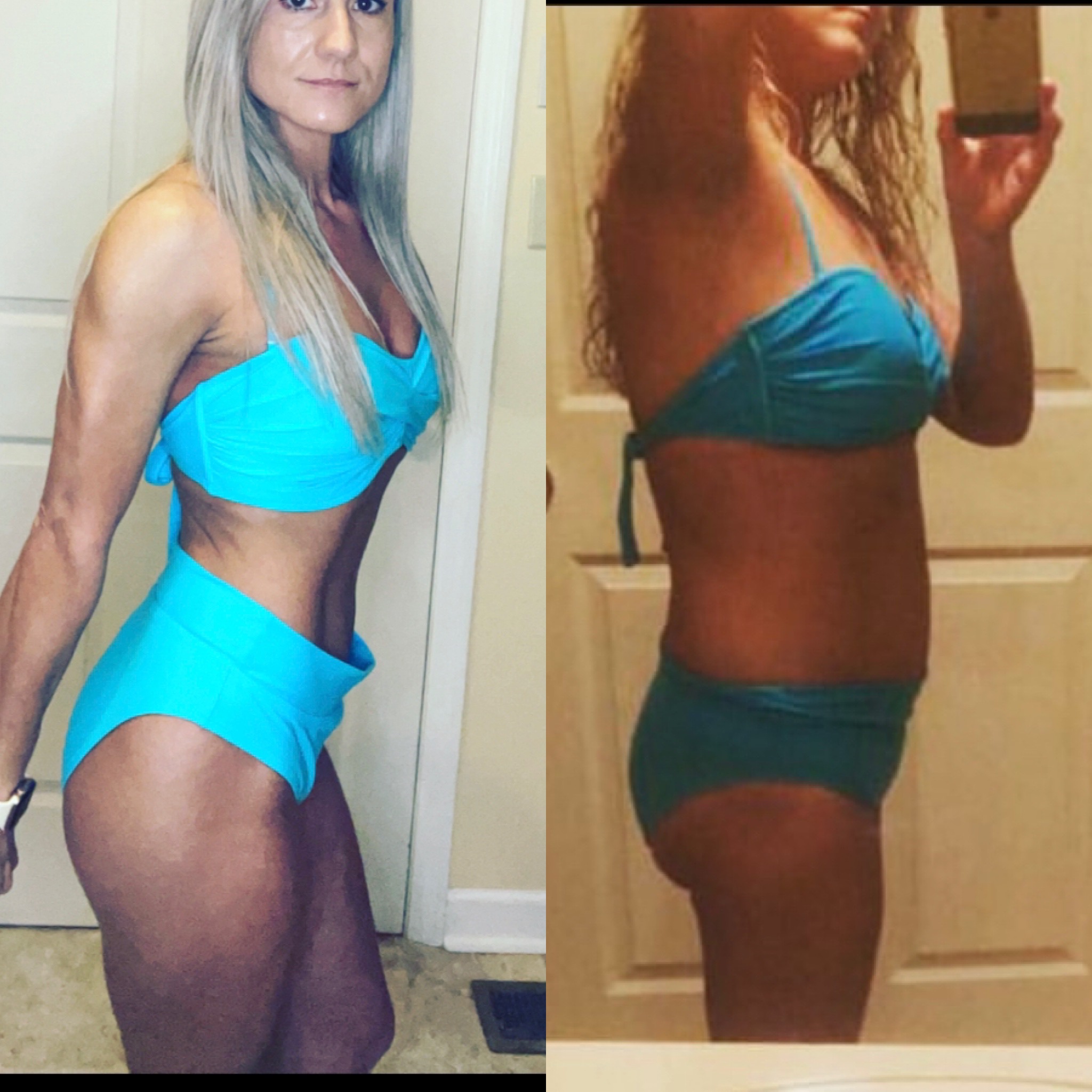Growing up in the south, fried foods surrounded me, and all the women I knew had the shape of an apple. They had big bellies and little legs. I grew up thinking that was normal and that was just how women were after a certain age. I distinctly remember trying a stretchy shirt in a dressing room when I was around 16 years old, and it was tight so I could see the fat through the shirt. At 16, I was at a normal weight. I just had a muffin top because there was excess fat around my midsection. My mom was with me, and she said it was genetic. She had excess belly fat, her mom has it, and her mom’s mom had it. Basically, I was doomed. Or was I…
After learning and applying all the things I know, I have found that I am not doomed. Although genes do play a role in where the body stores excess fat, this doesn’t mean you have to have excess fat.
Basal Metabolic Rate (BMR) is the number of calories your body needs in a day to maintain the weight you are.
You can change your BMR based on your body composition. If you want to increase your BMR you need to increase your muscle mass in your body. You can do this through strength and/or resistance training.
Muscle burns more calories with less effort. Building muscle mass takes time, patience, and consistency. And you have to eat healthy to fuel your muscles so they can react properly.
When you lift weights to build muscle, it tears the muscle fibers. They build themselves back up and that’s how they grow.
They need protein, fat, and carbohydrates to do this. These three macronutrients should be balanced based on your goals. It helps if you focus on getting an adequate amount of protein first because for many people it’s the hardest.
The rest is just patience, time, and not giving up.




